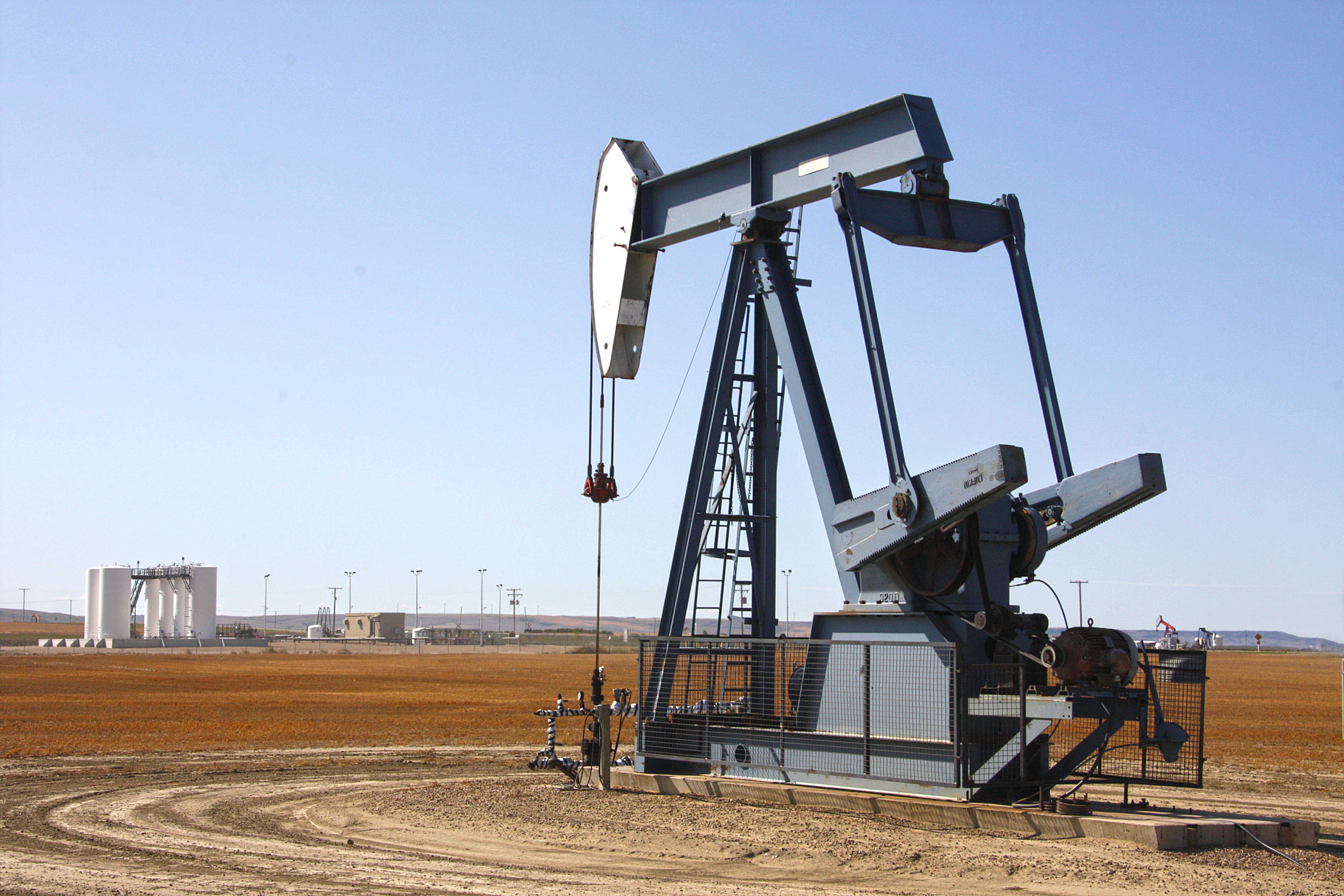How Do Plummeting Oil Prices Affect the Analytical Instrument Market?
For the past year, the upstream oil industry has suffered from low crude oil prices, which translates to less revenue for oil producers. The situation started when the US succeeded in shale oil and gas exploration, which doubled its production volume since 2009. With the sudden increase in supply, the oil price tumbled down as the market tried to stabilize. OPEC members were also forced to follow the market price in order to stay competitive against the US shale oil boom. The competition between the US and OPEC members created a surplus in the market. At the same time, oil demand was somewhat stagnant due to the trade war-induced slowdown in the Chinese industrial sector, which also affected the global market. This market surplus kept the oil price suppressed throughout 2019.
In order to address the surplus, Saudi Arabia entered an agreement with Russia to constrain their oil production as an effort to boost oil prices. However, the recent COVID-19 pandemic introduced another factor that disrupted the market. Global oil demand plummeted as the virus forced the global economy into chaos. As the industrial sector cut its production due to the outbreak, it drastically reduced its energy consumption, thus lowering oil demand. Saudi Arabia sought to solve this problem by reducing its oil production volume by over three million barrels per day. This production cut will reduce the global oil supply by three percent and help to keep prices stable. However, Russia had a different opinion on this matter and decided to maintain its current output until the effect of the outbreak was clearer. Russia believes that by cutting production, they will only give more market share to the US. Due to this disagreement, Saudi Arabia fought back by announcing an increase in its production rate, flooding the market with 12.3 million barrels per day starting April 2020.
As Russia and Saudi Arabia failed to reach an agreement, oil prices had a free-fall to almost $20 per barrel, half of the usual prices over the past five years. Furthermore, now that the novel coronavirus outbreak is forcing people to stay home, fuel consumption from transportation is also reduced. As a result, oil demand plunges further while the increased supply is flooding the market. The oil market has collapsed, forcing thousands of people out of jobs. It has even brought 70% of the once-thriving US shale drillers to the brink of bankruptcy. Despite the crumbling oil & gas industry, low oil prices actually bring many opportunities for the rest of the industrial sector, which uses oil as raw materials or fuels for its production. This is a good time for petrochemical and polymer companies to secure their raw materials and for other industries to stockpile their fuel needs. By doing so, they can cut their production cost now and even more in the future when the outbreak is finally over. However, they must act swiftly as oil storage facilities are nearing their maximum capacity due to the surplus. Currently, the oil storage level across global storage facilities has reached 75% of the maximum capacity. Since Saudi Arabia is planning to significantly boost its production rate, these facilities will soon run out of space to store crude oil and create further disruption in the market.
With all of these chaotic oil market conditions, how will the analytical instrument market be affected? Based on SDi’s recent Global Assessment Report 2020, the industrial sector represents around 18% of the global analytical instrument demand. If we add other related fields such as utilities and environmental testing, the combined demand can easily reach a quarter of the total market. Gas chromatography and petroleum analyzers are widely used in the oil & gas industry. With the recent market collapse due to the virus outbreak and record low oil prices, these technologies will also be negatively impacted due to low demand. Oil companies, going into a thrifty spending mode, will likely not have sufficient budget to justify purchasing analytical instruments at the same level as previously.
Meanwhile, thermal analyzers and rheometers are essential for the petrochemical and plastic industries. Despite a current operation cut due to the pandemic, these industries will enjoy low raw material costs as oil prices drop. With low operation costs, companies will have a higher profit margin, and thus, more budget can be poured towards analytical instruments for R&D and QC purposes. A similar situation will also be observed in other industries, such as chemicals, cement, metals, and personal care products. These industries will benefit from low fuel costs for their production and transportation. Hence, they will be able to allocate more spending towards renewing their laboratories. However, current developments on the coronavirus outbreak will still offset the benefits of low oil prices. The faster the virus is contained, the faster these industries will recover their production rates and gain more profit from this opportunity. Looking just at the effects of low oil prices for the analytical instrumentation market, there will be a stimulating effect on some industrial customers; unfortunately, the powerful effects of the pandemic will overshadow these gains in the short term.
Analyzing the market can become complicated, especially when there is a sudden disruption on a global scale as we are experiencing right now. Through our Global Assessment Report 2020, SDi is tackling this complex problem across many different variables. The report covers 83 different technologies in the analytical instrumentation market, which serves a wide range of industries, including oil & gas. As global issues and trends, large and small, affect the market, we keep up to date with the current situation and update our analysis through our 2020 Global Datastream.



